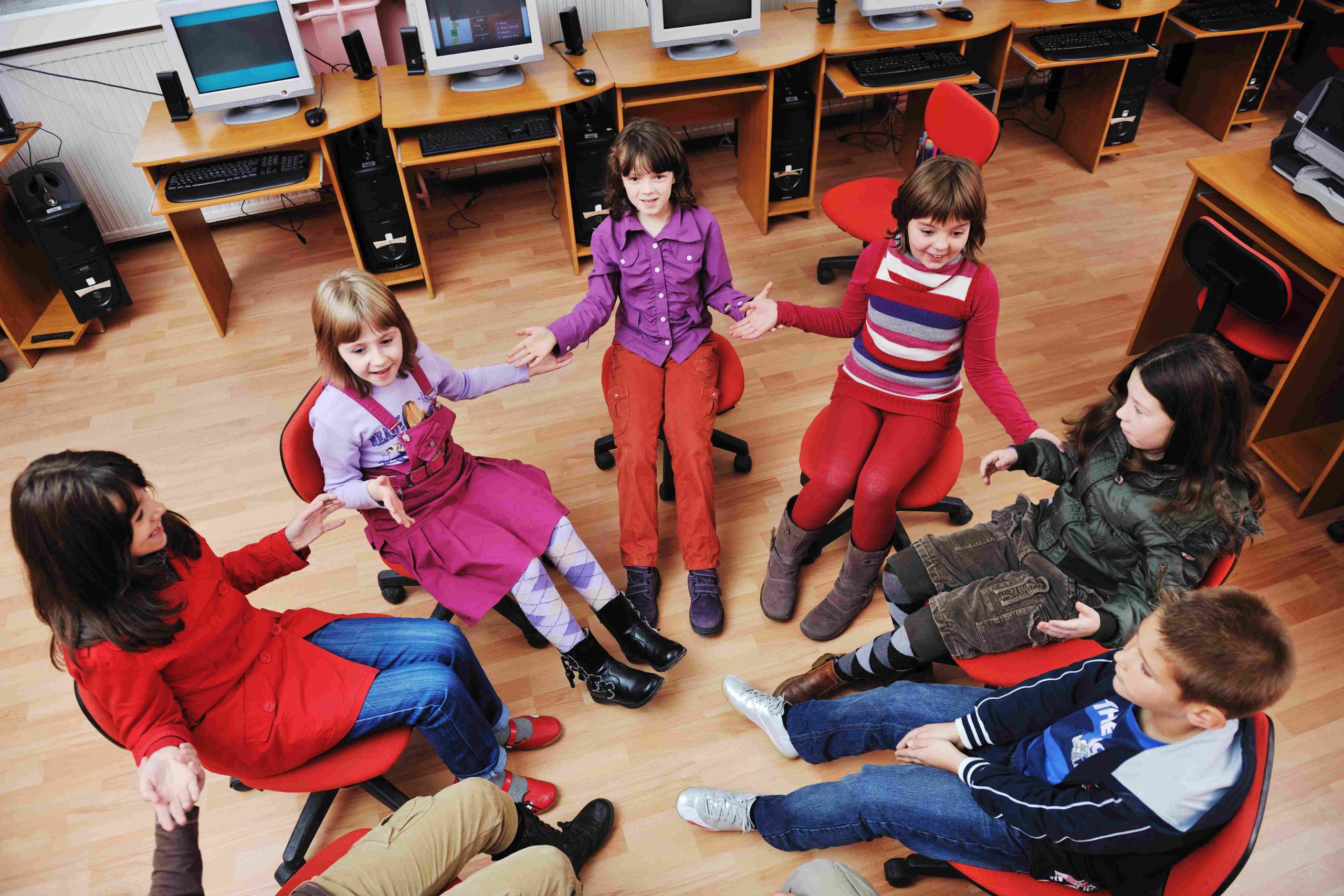Is a Smaller Preschool Better: Encouraging Collaboration Among Preschoolers
In recent years, there has been a growing debate about the ideal size of a preschool. While larger preschools offer more resources, smaller ones have their own advantages, especially in fostering collaboration among preschoolers. Let’s explore why smaller preschools can be beneficial for encouraging collaboration:
The Benefits of Smaller Preschools
Preschool years are crucial for social and emotional development. Collaboration, where children work together, share ideas, and solve problems, plays a vital role. Smaller preschools offer:
- Personalized Attention: Teachers can provide individualized attention, understanding each child’s unique needs and encouraging collaboration.
- Close-knit Community: Smaller settings foster strong relationships among children, teachers, and parents, promoting collaboration.
- Collaborative Learning Opportunities: Activities designed for group work enhance teamwork and problem-solving skills.
- Inclusive Environment: Smaller preschools can create a sense of belonging for all children, encouraging collaboration regardless of background.
- Opportunity for Leadership: With fewer children, every child has more chances to take on leadership roles and collaborate effectively.
- Flexibility in Curriculum: Teachers can tailor activities to children’s interests, making learning engaging and collaborative.
The Importance of Collaboration
Collaboration in early preschool years builds essential skills like communication and empathy, leading to better academic and social outcomes later in life.
Personalized Attention and Collaboration
Smaller preschools offer personalized attention, fostering trust and comfort among children, which enhances collaboration. Teachers can also facilitate community-building activities.
Collaborative Learning Opportunities
Designing group projects and discussions encourages preschoolers to share ideas, negotiate, and problem-solve together. Teachers can adapt lessons based on children’s interests, making learning collaborative and enjoyable.
Benefits of Collaboration
Collaboration in smaller preschools enhances cognitive, social, and emotional development, boosts confidence, and creates a positive learning environment. It prepares children for future academic and social success.



